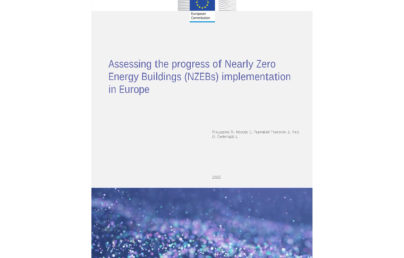
Not just another brick in the wall

Not just another brick in the wall
Photo credits: United Nations Environment Programme Global Alliance for Buildings and Construction
The Global Status Report for Buildings and Construction 2024-2025, published by the United Nations Environment Programme (UNEP)and the Global Alliance for Buildings and Construction highlights the sector’s pivotal role in the climate crisis. Despite advancements in building energy codes, renewable energy adoption, and financing, the industry still accounts for 32% of global energy consumption and 34% of CO₂ emissions, surpassing even transport and agriculture.
The report underscores the importance of materials like cement and steel, which alone contribute to 18% of building-related emissions. Experts advocate for a shift towards low-carbon alternatives, such as recycled materials, bamboo, and sustainably sourced bricks, alongside a push for retrofitting instead of demolition.
The document, structured into nine chapters, not only aims to harmonise building codes and expand the use of low-carbon materials but also emphasises the urgency of adopting an international policy on sustainable buildings and construction, increasing equitable access to green financing, promoting circular construction and fostering gender diversity in green construction leadership roles.
With the UN Climate Change Conference (COP30)in Belem on the horizon, experts are calling for stronger commitments and accelerated implementation of sustainable building practices. The construction sector must embrace innovation and policy reform to align with the Paris Agreement goals. This means that all new buildings should have zero carbon emissions by 2030, while all existing buildings must achieve zero-carbon emissions by 2050.
As cities expand and infrastructure demands grow, the question remains: Will the industry rise to the challenge, or will it continue to be a driving force behind climate change? The answer will shape the future of our cities and our planet.
Global Status report UNEP.pdf
English (28.07 MB - PDF)
